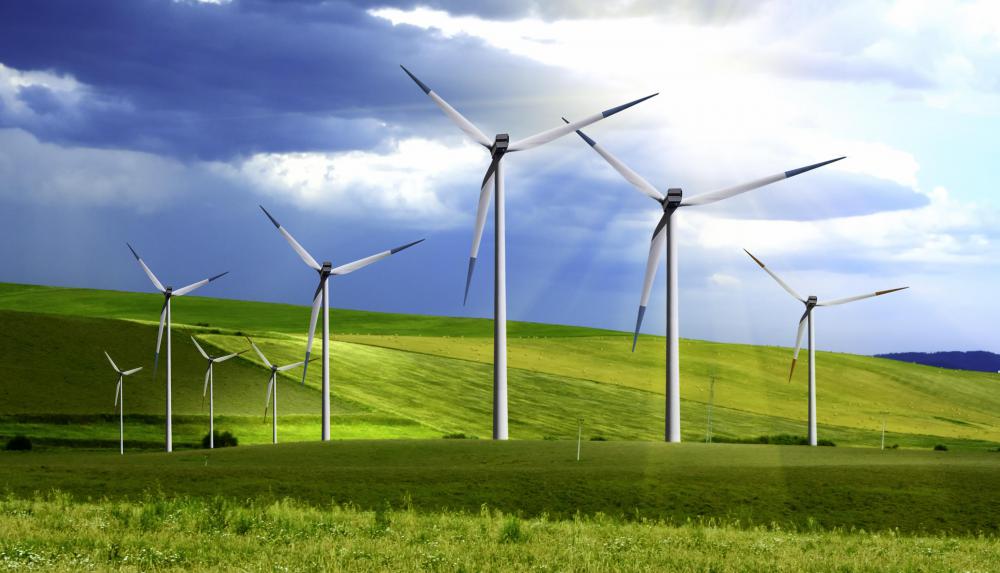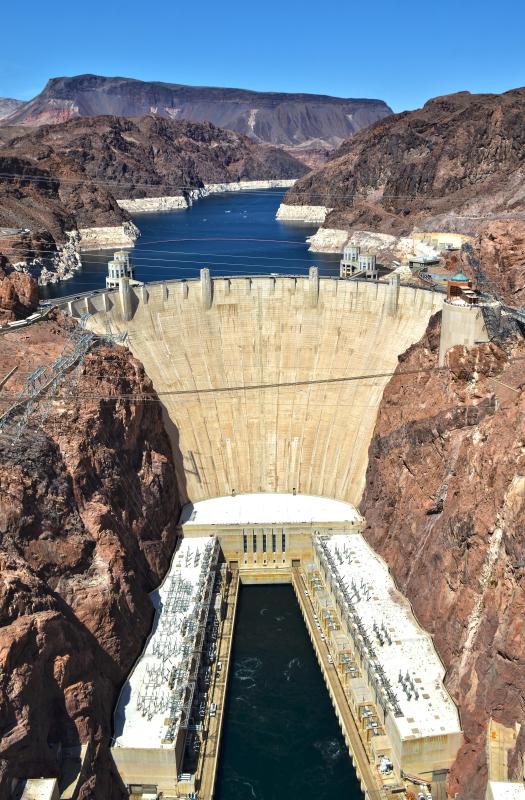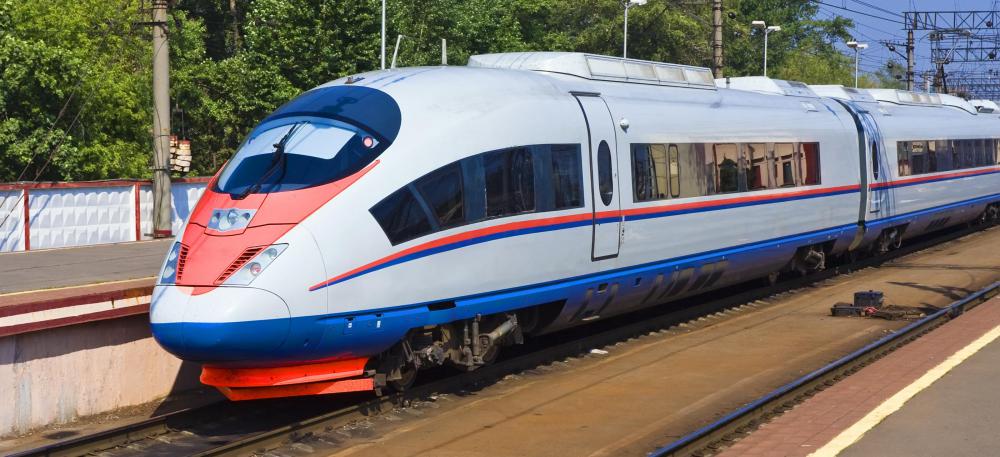At AllThingsNature, we're committed to delivering accurate, trustworthy information. Our expert-authored content is rigorously fact-checked and sourced from credible authorities. Discover how we uphold the highest standards in providing you with reliable knowledge.
What is Sustainable Infrastructure?
Though not a regularly-used term, sustainable infrastructure refers to anything built or used in a way that contributes to the overall sustainability of natural resources. In most cases, this is related to energy consumption and water use, two of the most high profile conservation areas. Though there is no firm definition on what constitutes sustainable infrastructure, efficiency over previous generations of technology and construction is a must.
Despite the typical emphasis with this term on transportation, this is just one of the areas were sustainable infrastructure can make a difference. Sustainable architecture can help reduce the energy consumption of buildings by using, among other things, energy-efficient windows and better environmental systems. Some even include more recent innovations such as solar energy panels or green roofs.

Regarding water usage, sustainable infrastructure often means assuring that the water supply is safe, consistent, and in good shape. Leaks and contaminants getting into a water supply can severely limit a system's efficiency and lead to a great deal of wasted resources. To combat this problem, many water utilities invest a significant portion of revenue in an ongoing capital improvement plan and purification. Together, these help promote sustainable practices.

Reservoirs may be another factor in sustainable infrastructure. These vast stores of water allow arid regions to tap into a very consistent supply. Though there may be times when a reservoir drops to dangerously low levels, this is usually an extreme situation caused only by severe drought. Reservoirs also have their critics, however. Many feel that trapping water upstream cuts off lifelines to those living downstream.

Regarding energy consumption, sustainable infrastructure means putting the pieces in place that can help reduce the dependence on fossil fuel, a non-renewable energy source. This may include developing mass transportation alternatives such as light rail, subways, and bus routes. It may also mean providing electrical hookups for car rechargings, hydrogen refilling stations, and other such equipment for alternative fuels.
In terms of energy creation, especially electricity, sustainable infrastructure means using methods that are not heavily reliant upon fossil fuel. This includes building infrastructure such as wind farms, nuclear power plants and even hydroelectric plants that do not rely on these resources. While these may have their own problems and critics, they are at least considered sustainable in the long term. Plants using coal and natural gas as their main sources of energy are not sustainable over many years because the consumption of those resources far outpaces the ability of those resources to replenish themselves.
In the long run, the main goal of sustainable infrastructure is to promote sustainable living amongst the entire population. One such community doing just that is Ashton Hayes, a town of approximately 1,000 people in England that aims to eventually be carbon neutral. According to the plan they have developed, they hope to return to hydroelectric power and plant 16,000 trees, among other things.
Frequently Asked Questions
What is sustainable infrastructure?
Sustainable infrastructure refers to the design, construction, and operation of physical structures that meet societal needs while minimizing environmental impact. It encompasses energy efficiency, use of renewable resources, and resilience to climate change. The goal is to support economic development and improved quality of life without depleting natural resources for future generations.
Why is sustainable infrastructure important?
Sustainable infrastructure is crucial for mitigating climate change and preserving ecosystems. It reduces greenhouse gas emissions, conserves water and energy, and limits pollution. According to the United Nations, investing in sustainable infrastructure can also drive economic growth, create jobs, and promote social equity, making it a cornerstone for sustainable development.
What are examples of sustainable infrastructure?
Examples include renewable energy plants like solar and wind farms, green buildings with energy-efficient systems, sustainable transportation networks like electric public transit, and water management systems that recycle and conserve water. Green spaces in urban areas, such as parks and green roofs, also contribute to sustainable infrastructure by improving air quality and providing habitats for wildlife.
How does sustainable infrastructure benefit the economy?
Sustainable infrastructure stimulates the economy by creating jobs in green industries and reducing costs through energy savings and resource efficiency. The Global Commission on the Economy and Climate suggests that such investments could deliver at least $26 trillion in economic benefits worldwide by 2030, demonstrating the economic potential of sustainability.
What challenges are associated with developing sustainable infrastructure?
Challenges include high upfront costs, lack of public awareness, and regulatory hurdles. Financing sustainable infrastructure projects can be difficult due to the perception of increased risk and longer payback periods. However, innovative financing models and government incentives are emerging to address these challenges and make sustainable options more accessible.
How can individuals contribute to sustainable infrastructure?
Individuals can contribute by advocating for and supporting policies that promote sustainable infrastructure, choosing to live in energy-efficient homes, using public transportation, and adopting renewable energy sources where possible. Personal lifestyle choices, such as reducing water waste and supporting local green initiatives, also play a role in driving demand for sustainable infrastructure solutions.
AS FEATURED ON:
AS FEATURED ON:













Discuss this Article
Post your comments